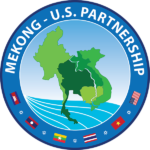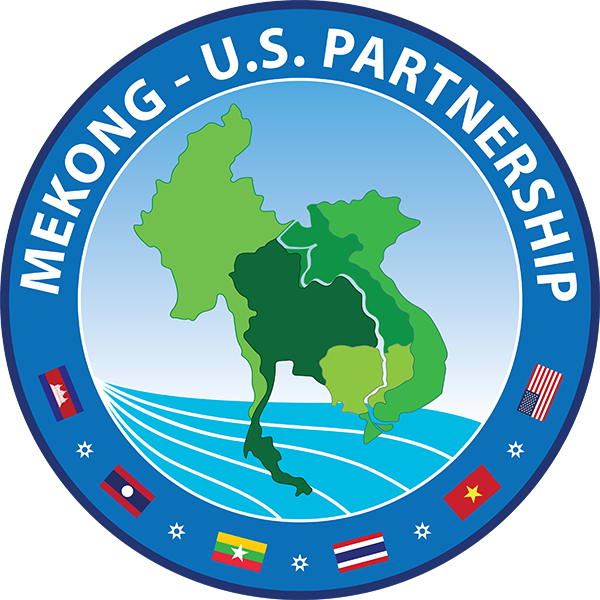Thailand’s latest Power Development Plan (PDP) outlines a shift towards a greater share of renewable energy from biomass, solar, and wind in its total energy mix. Researchers are assessing the implications of this change. Today’s Bangkok workshop, organised by the Sustainable Infrastructure Partnership (SIP), discussed how Thailand’s interest in solar, wind and other renewables could affect other Lower Mekong countries that are still seeking to develop hydropower for energy exports to Thailand.
The SIP workshop hosted policy makers, renewable energy developers and academics in a dialogue on future energy development in the region. Maythiwan Kiatgrajai, USAID Clean Power Asia, highlighted that Thailand’s PDP pivots domestic energy policy toward greater investment in renewables.
Referring to Thailand’s leadership among Southeast Asian countries in its rapid adoption of solar power, Cherid Kalayanamitr, Electricity Authority of Thailand (EGAT), followed up with a discussion about EGAT’s current work in floating solar panel farms, which look set to become the largest in the world.
Apisom Intralawan and David Wood of Mae Fah Luang University reviewed renewable energy costs.
Julien Harou, University of Manchester, showed how strategic environment assessment (SEA) can support decision making through its use of spatial multi-criteria analysis to assign weightings to the costs and benefits of different development options. Drawing on this discussion, Courtney Weatherby and Brian Eyler of the Stimson Center, US, presented comparative scenarios of the Lower Mekong renewable energy development and their environmental impacts.
Stimson Center researchers, in cooperation with SIP and several universities, are currently working on a forthcoming report, to be published by SIP in 2020. The report will review comparative energy scenarios, their respective environmental impacts, and the options for energy security in Thailand.


 Mekong - U.S. Partnership
Mekong - U.S. Partnership


